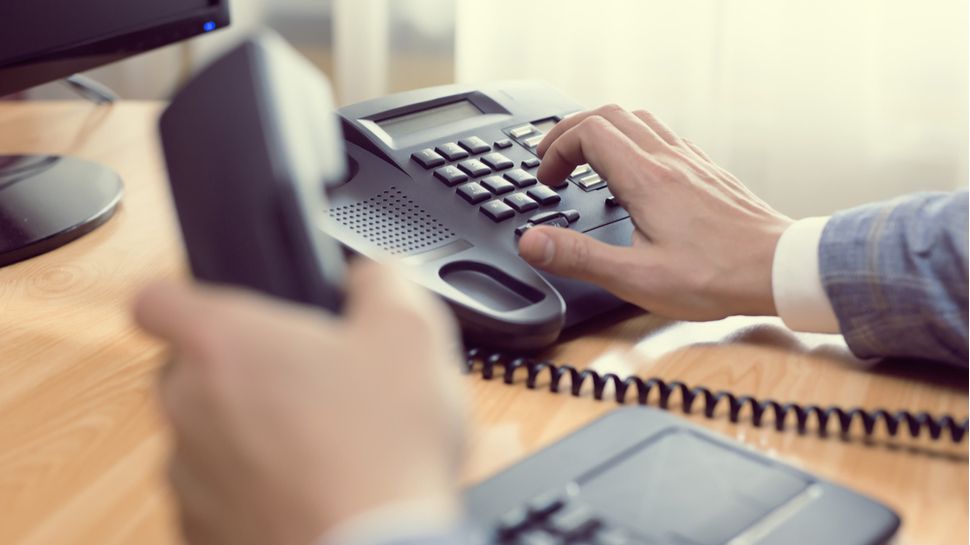
The desk phone used to be the cornerstone of communication in every office, but over time – and especially in the last year – it has been superseded in many cases by the mobile and laptop. In 2020, BT announced it will no longer be taking orders for ISDN phone lines and by 2025 it will retire ISDN phone service completely. All of this begs the question: are desk phones needed any more?
Below, we explore how new communication methods are becoming dominant and how to make the most of them, but also how the desk phone isn’t quite dead yet.
About the author
Sam Giggle is Head of Sales at TelcoSwitch
Changes in the working environment
Millennials
A recent Wall Street Journal report highlighted that millennials and younger people in the workforce don’t relate to the traditional desk phone concept, simply because they are a generation driven by ‘mobile first’. For most millennials, the small device they keep in their pocket is much more efficient and seamless than the clunky box on their desk that can’t be moved more than a metre.
It’s a narrative that’s supported by independent research, with only 24% of businesses deploying an available app to employee phones, and less than 6% of employees using them to make outbound calls, according to a paper published by Nemertes Research. Given that millennials make up the largest generational section of the UK workforce, it is no surprise that the desk phone is in decline. However, this isn’t the only reason.
Remote working
Over the last twelve months there has been a monumental change to working practices, as we all know. With an increasing number of people working from home there has been a major shift in the way workers communicate. The most significant is through video conferencing technology that was only used by a small percentage of office workers pre-pandemic. According to TalkTalk’s Workforces 2025 report, only 7% of employees were using video conferencing in 2017. Three years later, this number has increased significantly, with the majority of office workers now using this method of communication on a regular basis.
While some workers still prefer a physical handset or headset attached to a landline, this hasn’t been as feasible over the past year. This is because those working from home don’t often have a permanent office space to use, and instead find themselves propping up laptops on dining room tables and in kitchens. The daily unpack and repack of the home office is a cumbersome affair, only made worse by extra hardware in the form of a desk phone. What’s more, many people no longer have landline connections in their homes, which reduces the desk phone’s importance in the remote working environment.
Striking a balance
While the desk phone may not be as popular as it used to be, it doesn’t mean using phones as a mode of communication will be scrapped altogether. Instead, it’s about finding the right balance between adopting an effective form of communication and understanding what works for employees. For some employers, there has been a shift from desk phones to smartphones, with employees having company desk phones routed to their personal devices and linked together using unified communications (UC) apps. But still, there is a natural tendency for many to ignore company-deployed UC apps on smartphones.
Usually, this is not due to unreliable apps or a poor user experience, but is simply down to employee habit – most notably, the habit of using a native dialler rather than a separate application to make calls.
While an employee may be happy to use an app on their smartphone to initiate a text chat, video call, or to set a presence status, by nature they will often default to that native dialler when making a call. So ultimately you should let them do so, on the basis you can deploy your hosted PBX to the native dialler, thereby effectively turning your mobile SIM cards into extensions. This should also apply to those who want to retain certain aspects of the desk phone experience, such as the use of high-quality headsets which can be linked to their softphone.
This approach will deliver the desired outcome in finding a technical resolution that gives the employee what they want (aligns to their way of working), while adhering to any internal requirements the company subscribes to – the best of both worlds.
Making the most of the change
The pandemic has not just impacted our relationships with phones, rather it has impacted our relationship with the office. What used to be the heart of every workplace is now a place of collaboration that many employees will only go to a few times a week. The adoption of hybrid working models has changed the office landscape, and employers can capitalise on this change.
For example, some companies have rooms in their offices dedicated to answering and making outbound calls on desk phones. With this practice now in decline, employers can use this space for other means like collaboration hubs or calm zones, a place where employees can go to bounce ideas off one another or just take a moment to relax.
While the desk phone may no longer be as useful as it once was, it has opened the door to other forms of communication that support our individual ways of working. Ultimately, this will result in a more efficient, happier and stronger workforce.
